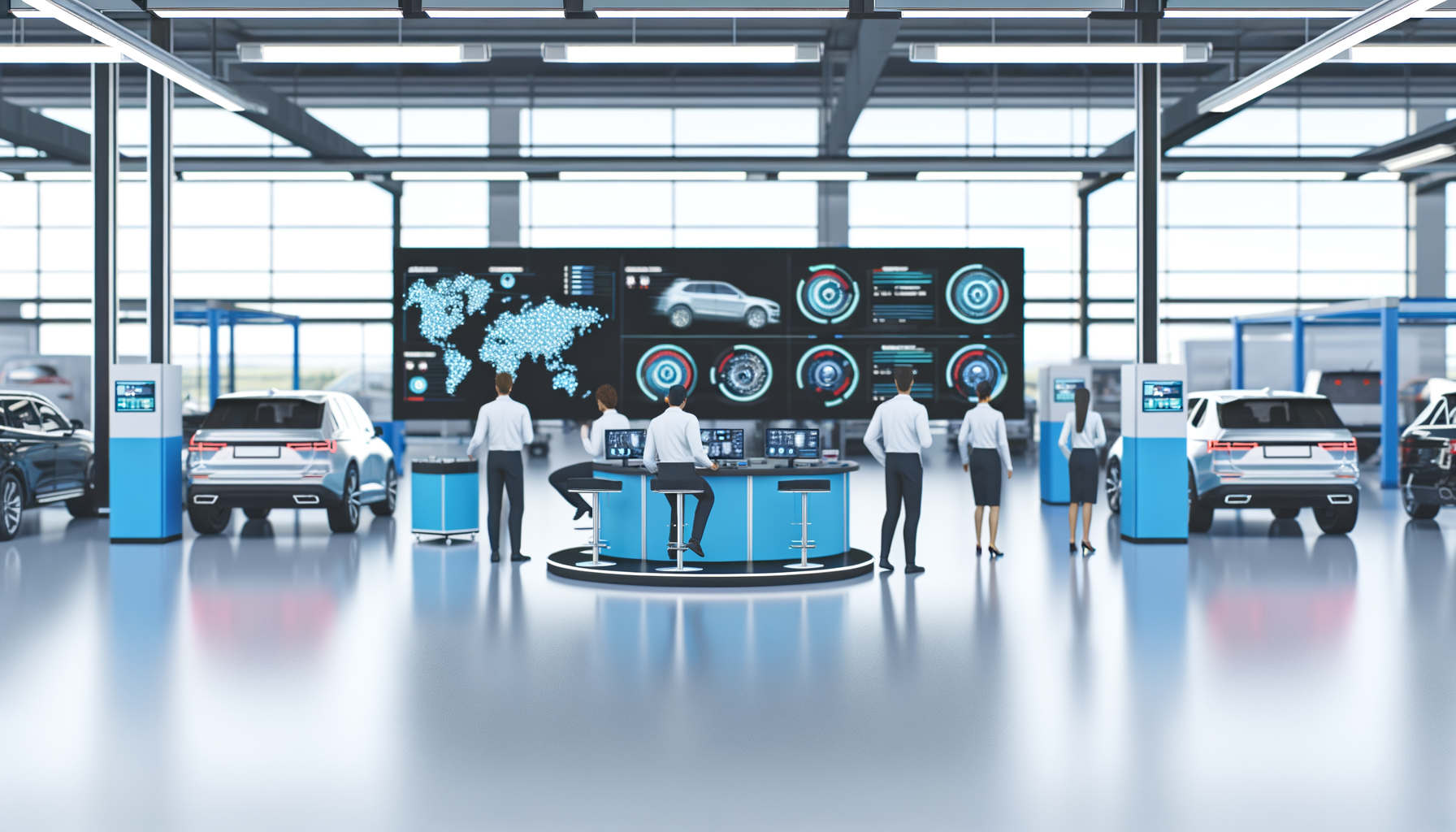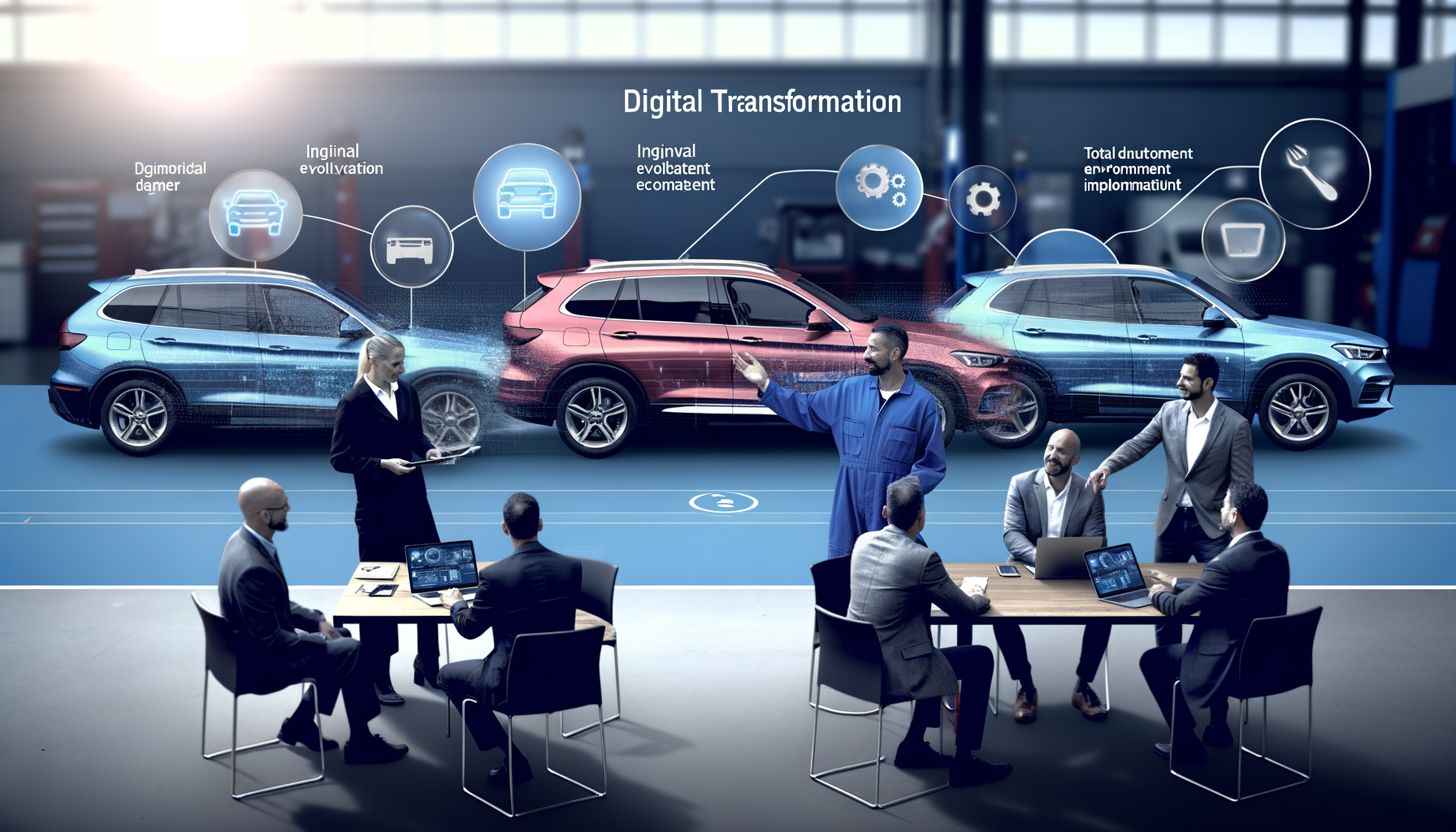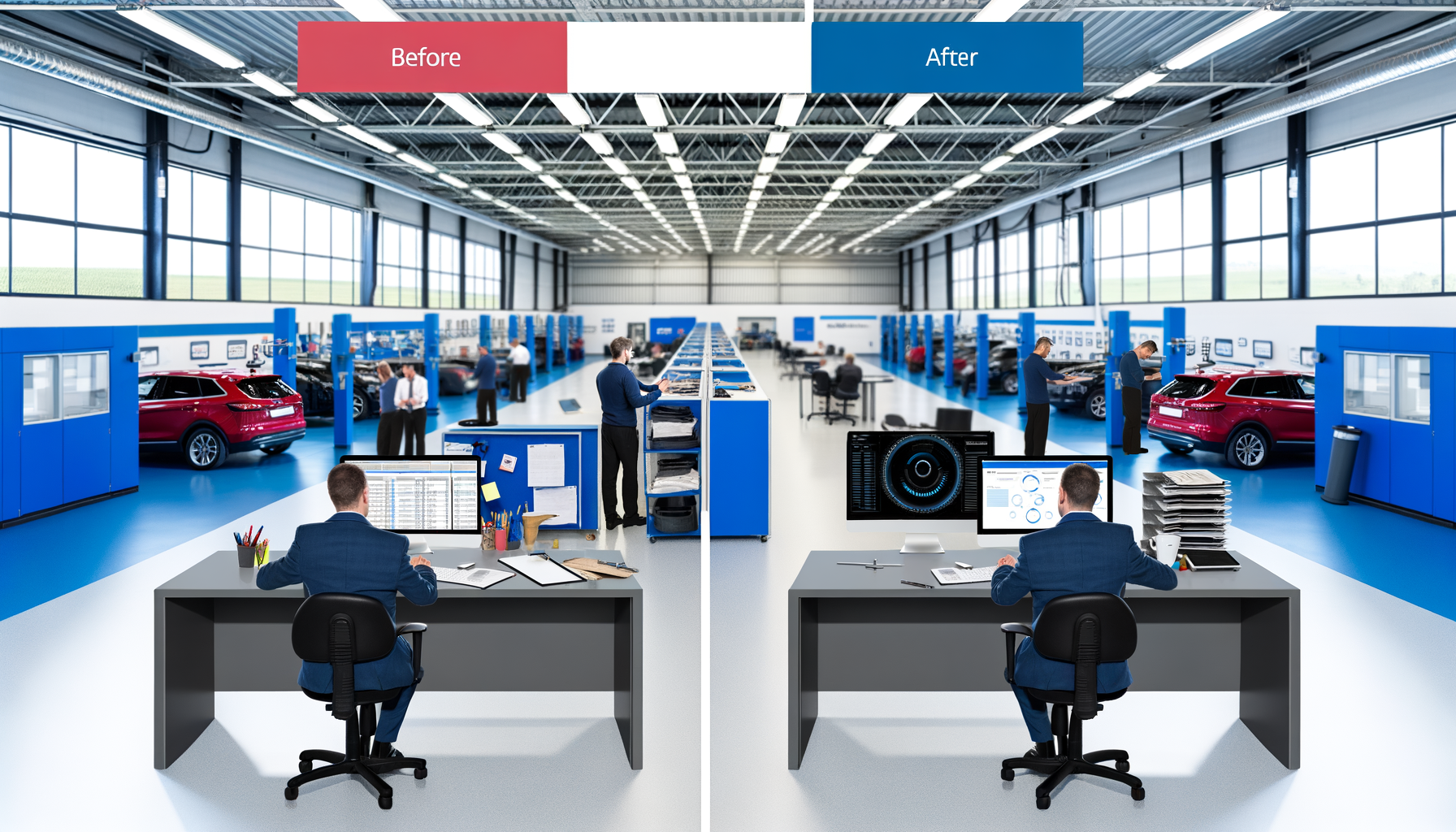Transforming Dealership Service Departments: Unleash the Power of Digital Tools in 2025

The Digital Transformation Landscape in Automotive Service

Digital transformation in automotive service departments is driven by the need to enhance efficiency, improve customer satisfaction, and boost profitability. Increasing numbers of electric vehicle (EV) repairs, new OEM training requirements, and a customer base that prefers digital interactions exemplify the industry's shift.
In 2025, service departments are expected to see a 15% increase in EV-related repairs. Additionally, a study indicates 68% of customers now prefer digital service scheduling. These trends highlight the critical importance of adopting a digital-first approach.
To begin the journey, service managers must assess their current workflows and identify areas where technology can streamline operations. This involves a thorough analysis of customer touchpoints, technician workflows, and back-office processes.
Key Technologies Driving Change

Several key technologies are pivotal for digital transformation in service departments. These include AI-driven diagnostics, predictive maintenance software, and integrated CRM systems.
AI diagnostics significantly reduce vehicle evaluation times by up to 30%, allowing technicians to focus on complex repairs. Furthermore, predictive maintenance tools can anticipate service needs, optimizing scheduling and parts inventory management.
To integrate these technologies, dealerships must ensure compatibility with existing systems and provide comprehensive training for staff. Regular updates and maintenance of software solutions are also essential to leverage full capabilities.
Steps to Implement Digital Integration Successfully

Implementing digital tools in service departments requires a structured approach. Begin by setting clear objectives aligned with your dealership's overall strategy.
Phase one involves auditing existing processes to identify inefficiencies. Next, select the right technology solutions that address these gaps. It's crucial to pilot new tools in a controlled environment before a full-scale rollout.
During and after implementation, continuous monitoring is vital. Gather feedback from both customers and staff to refine processes and ensure the technology achieves its intended goals.
Real-World Examples of Transformation

Consider ABC Motors, which implemented a comprehensive CRM system to enhance customer interactions. Within one year, they reported a 20% increase in customer retention and a 15% reduction in service appointment no-shows.
Hypothetically, if XYZ Dealership adopts predictive maintenance tools, they could expect a 25% reduction in unexpected vehicle breakdowns, leading to increased customer trust and loyalty.
These examples showcase the potential ROI of digital transformation, emphasizing the importance of strategic planning and execution.
Challenges and Solutions in the Digital Era

Transitioning to digital processes isn't without challenges. Common issues include staff resistance to change, data security concerns, and interoperability of new systems with legacy platforms.
To tackle these challenges, effective change management strategies are essential. This involves engaging staff early on, offering extensive training, and ensuring transparent communication throughout the transformation process.
Additionally, partnering with trusted technology providers, such as Auto Pro Solutions, ensures robust security measures and seamless integration, minimizing disruptions and protecting sensitive data.
Related Topics
Ready to take your service department to the next level?
Schedule your demo today and experience the power of Auto Pro Solutions.
Schedule Demo